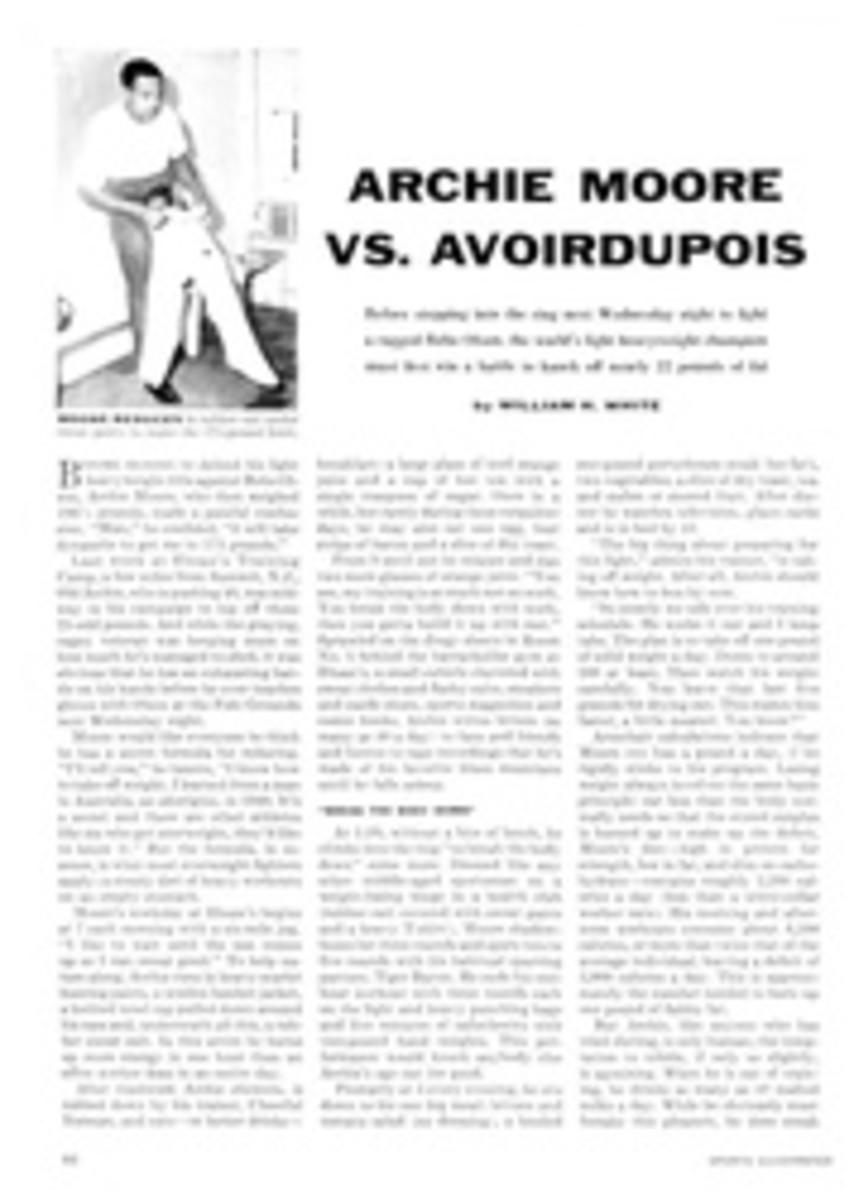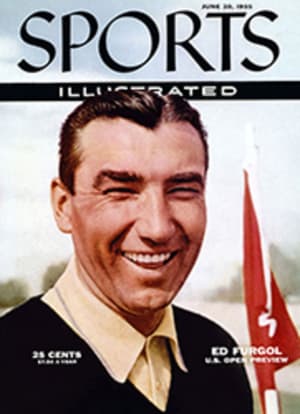
FOR SPECTATORS: A GUILLOTINE, A MACHINE GUN
It was an ideal day for a race, comfortably warm with fluffy clouds floating across the blue French sky. A crowd of 300,000 filled the long straightaway grandstands on either side of the narrow asphalt track, and spilled over into the narrow strips between the stands and the picket-fence-and-earthwork barriers along the track edge. Early arrivals packed against the fence; latecomers balanced shakily on chairs, or perched on stepladders.
Thus the scene at 4 p.m. when the race began. At 6:15 p.m., as the crowd's excitement mounted in the duel of Jaguar and Mercedes, a car swerved, another spun, and a Mercedes hit the barrier at 140 mph. Its hood sheared through the crowd of standees like a guillotine. Its engine followed, parts flying in all directions, like a machine gun spewing dumdum bullets. Some of the people standing directly in the path of the hurtling wreckage were decapitated. In a matter of seconds a 400-square-yard area, a moment before packed with cheering people, became a bloody and then a flaming horror. Fifty yards to the rear a trembling 16-year-old girl told me: "All of a sudden a foot fell down on me."
As flames and smoke billowed into the air, injured, howling survivors started rushing to the left, the only open direction in the narrow strip between the grandstand and the track. But curious spectators further up the line moved down to see the accident, and the trackside became a shouting, pushing mass, the lame trying to escape, the healthy eager to see blood.
It was fully five minutes before men with fire extinguishers reached the burning car, and even longer before medical help reached the dying. As the precious minutes passed, the injured writhed in the rubble amid broken chairs and scattered newspapers.
Even people in the midst of the mess never knew what happened. "I was standing on a chair and then I just threw myself to the ground," said one survivor. "Then I got up and everyone around me was bloody and shouting, and there were arms and legs lying here and there."
As doctors, nurses, police and priests moved in to care for victims, the race went on with its same roaring, monotonous rhythm. The cars even ceased slowing down in recognition of the smoking Mercedes chassis, twisted and shiny like a heap of tinfoil. Meanwhile at police posts, first aid stations and information offices, lines of bitter faces formed, looking for news. Missing children, friends and relatives suddenly became casualties in people's minds.
Yet many who were present either were unaware of the tragedy or did not appreciate its dimensions. Three hours after the accident one spectator at the far end of the grandstand thought only five people had been injured. And dancing and amusement, like the race itself, went on into the night, only to fade at last like the race itself. When the winning car crossed the finish line, only 15,000 spectators of the once great throng remained.

